How to Make Your Fresh Produce Last Longer, According to Experts
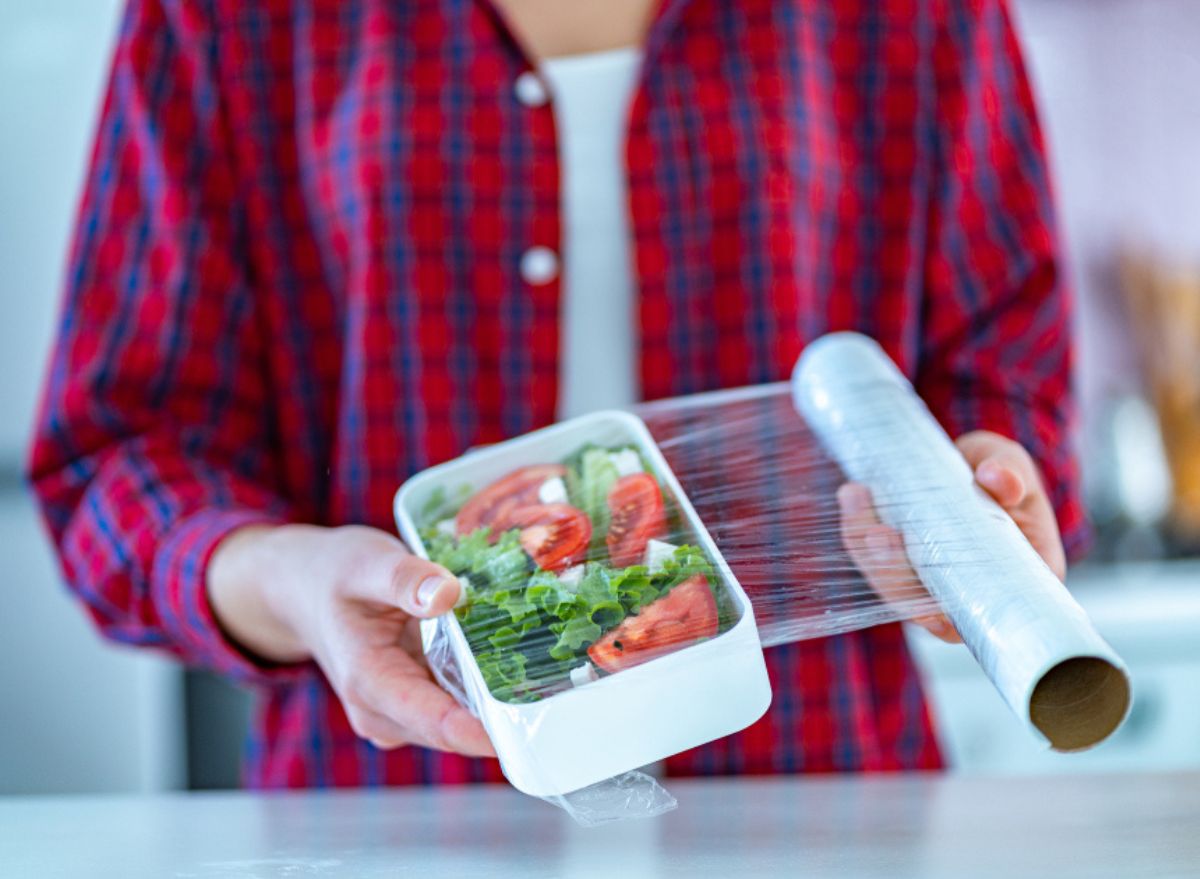
Eating healthy is worthwhile, but it's not always easy. Groceries are more expensive than ever, and the last thing you want to do is toss those nutrient-rich avocados because you missed their "best by" date after a few days. Yet, sometimes, it almost feels like an unavoidable part of buying produce.
The U.S. Department of Agriculture (USDA) reports that one-third of food ends up in the trash globally, a staggering statistic that leaves many Americans wondering what they can do to minimize that number. Based on a consumer survey by OnePoll and HelloFresh, 22% of respondents say that they don't know how to properly store food, resulting in food waste.
"Food waste strains our agricultural system, our environment, and our budgets. We will never be rid of waste entirely, but we can always do better, and that starts with being conscious of the issue and open to solutions," writes Abra Berens, the James Beard Award-nominated chef at Granor Farm in Three Oaks, Mich., in her latest cookbook Pulp: A Practical Guide to Cooking with Fruit. Pulp is part of a series of fruit- and vegetable-focused cookbooks by Berens, which offer ample guidance on making the most of your produce.
By learning how to keep fruits and vegetables fresh for longer, you can be sure that your entire grocery haul will be put to good use. We've gathered tips and tricks from seasoned food experts, including Berens and Josiah Leet, a produce field inspector at Whole Foods Market.
It starts at the grocery store
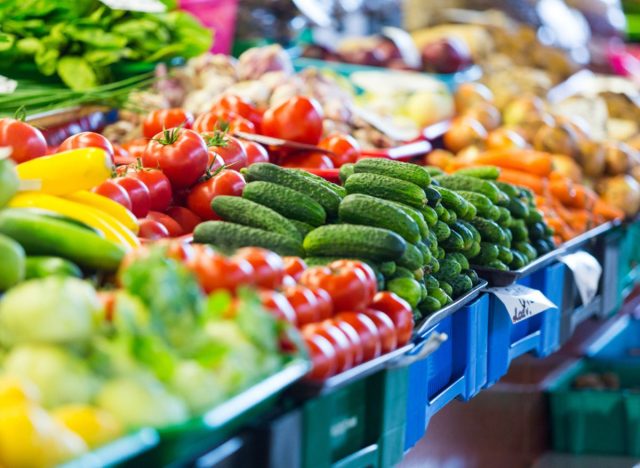
One of the best ways to make your produce last longer is to buy the freshest food you can find at the supermarket. The highest quality produce will have signs of ripeness, such as smell, color, and weight.
"For fruit, each one is different because you're not going to get a ton of smell off of rhubarb," says Berens. "So if you're waiting for a great smell to know when it's ripe, you're going to be waiting for quite a while. But [with] melons, you should be able to smell them from really far away. You pick them up, and they feel heavy, and they look like they have a warm undertone–even a honeydew. It's green, but it will have this warmth to the undertone of it. The same is true for apples, stone fruits like peaches and nectarines, and even apricots to a degree."
The longevity of an item is also determined based on its natural hardiness. Storage crops, such as apples, potatoes, carrots, or onions, can be kept in temperature-controlled conditions for months before hitting the market. When you buy these, they generally stay good for longer in your fridge. Apples, for example, can remain fresh for up to eight weeks if stored unwashed and wrapped, according to Healthline.
Anything harvested and sold at peak ripeness, like seasonal fruits and veggies, are more perishable and are generally delivered fresh to the store, says Berens. "Seasonal [foods] are absolutely going to be some of the freshest options at all times," adds Leet.
As for what to skip, Berens says that there are visual cues that tell you to leave a particular item on the shelf. "In general, avoid produce that is wrinkly or yellowing, is unduly soft, or is showing signs of breaking down [with] dark or soft spots."
Avoid these common mistakes
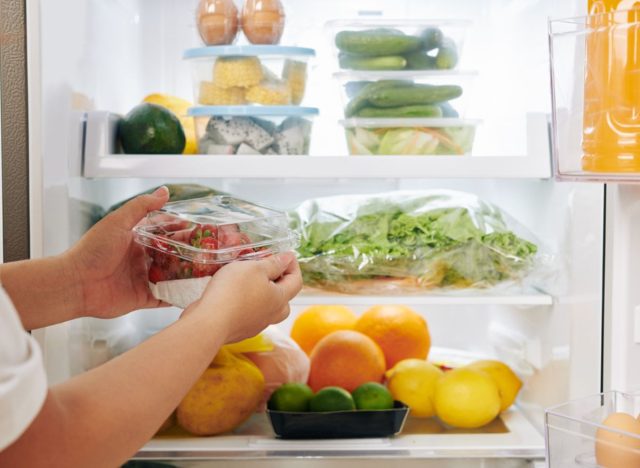
When you bring home your produce, don't automatically put everything in the fridge. While some items should be kept cool, others are better stored at room temperature. "Take your cue from the store itself," advises Berens. "If it's at room temperature in the store, keep it at room temperature at home—though out of direct sunlight."
For example, tomatoes should stay out on the counter while they're still ripe. "Do not refrigerate tomatoes until they are cut or prepared," says Leet. "Whole tomatoes are best left out to keep their flavor intact."
On the other hand, there are definitely items that should be refrigerated in short order—specifically, in the built-in drawers that come with your fridge, which allow you to control airflow and humidity.
"Modern refrigerators are engineered with specially designed compartments for different items," says Leet. "We are all familiar with the crisper drawer, but by taking a little extra time when putting produce items away in the fridge, one can prolong the 'shelf life' of each fruit or vegetable if it is wrapped or packaged correctly."
The proper storage method depends on the item, but one general guideline holds true for many produce types. While rinsing off your groceries as soon as you get home might save you time upfront, it may also leave your produce more susceptible to spoilage. "Washing all fruits and vegetables right at the time of preparation—and not beforehand—will help keep them in their original condition," advises Leet.
Don't forget to dry your foods before popping them in the fridge. You don't want to invite mold, wilting, or sprouting. "Checking for and removing excess moisture also helps keep produce longer," says Berens. "If you notice your bag of greens has a ton of water in the bottom, swap it for a dry bag and shake off any excess moisture or wrap in a kitchen towel to absorb [it]."
And lastly, consider which fruits and vegetables you're storing together, depending on how quickly you want the items to ripen. "Most fruits put out low levels of ethylene as part of the ripening process, which can be slowed by refrigeration depending on time-of-use," says Leet. "Bananas, for example, can assist in accelerating avocado ripening when they are put together in a paper bag on the counter." If the goal is to keep the item from getting too ripe before you plan to use it, however, avoid nestling it in a drawer alongside ethylene-producing foods.
Use bags and paper towels for effective food storage
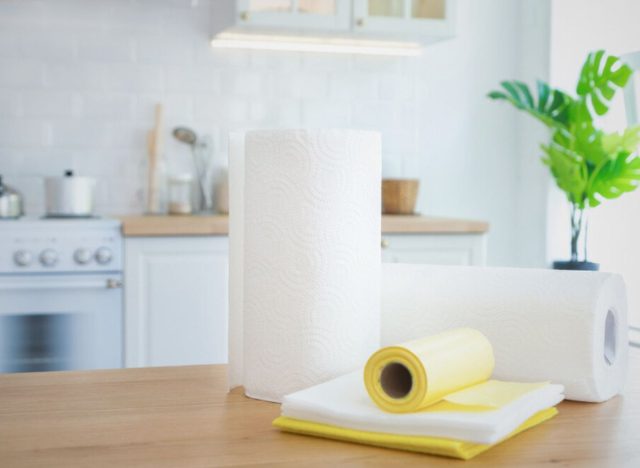
Properly storing food is easier than you think. You can enlist everyday household goods to help you keep those carrots and cucumbers in peak condition. Berens has a few go-to kitchen tricks that you can adopt to preserve freshness.
"For the fridge, I have a series of reused plastic bags that I store all produce in. I also have a couple of plastic shoebox-sized totes for herbs and greens," she says. "For room temperature things, we use a fruit bowl to have fruit at room temperature but off the counter and with good airflow. I also generally set out items like onions and eggplant on a baking sheet, lined with a kitchen towel. In the freezer, I rely on heavy-duty deli containers. They stack easily and are heatproof."
Leet says you can even repurpose the plastic bags you brought back from the grocery store. "Wrap leafy-greens, radishes, scallions, cilantro, parsley and head-lettuces in tea towels or paper towels and put them back into their original bag," he says. "This ensures these items stay as fresh as when they were purchased."
Have a backup plan
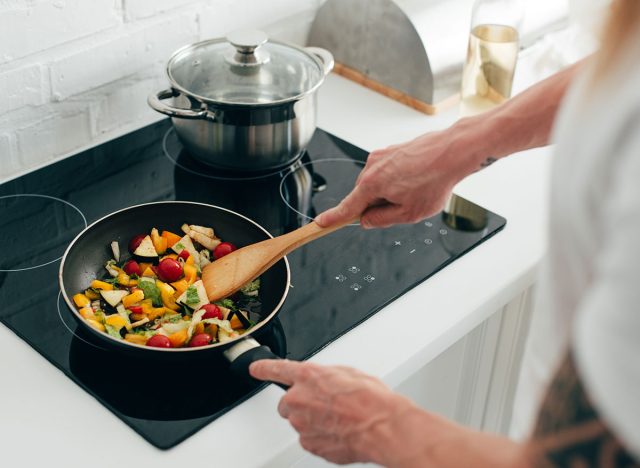
No matter how diligent you are about storing these items, your carefully packed and prepped produce won't last forever. Keep an eye on your stash. For any items you haven't used up, you'll want to pickle or cook them before they turn bad, according to Berens.
"If something is getting to the edge, I often do a quick pickle: some vinegar, salt, and a bit of sugar. And when I have it, I pour old pickle liquid over the vegetables. It will last a couple of rounds before it isn't acidic enough," she says. "Additionally, sometimes cooking the item will buy you some time. If your greens are getting wilty, cook them down. It will stave off rot, and then they are ready to eat."
When it comes to buying in bulk, nothing is more effective than utilizing the freezer. "I like to lay most fruits on a baking sheet and freeze them before transferring them to a sealable bag," says Berens. "This prevents large clumps or clusters of fruits, and makes it easier to portion them out in the future."
Just remember that a bit of preparation can make it easier to use up your frozen produce when it's time to defrost, Berens adds. "Some fruits should be peeled before freezing—like nectarines and peaches. And pitting your fruits before freezing saves you the headache later on."
You can be creative with the use of frozen fruits, especially in desserts and drinks. Berens offers a few ideas to get you started: "My favorite thing to do with frozen melon is to blend it with a bit of simple syrup and lemon or lime to make a creamy sorbet. For grapes, I freeze whole and then use them as ice cubes for champagne cocktails or a gin and tonic. This helps you portion them out in the future. And for strawberries, I make a quick pulsed strawberry sauce and freeze that to use later on. It tastes just as bright and delicious as perfectly peak-season strawberries."









